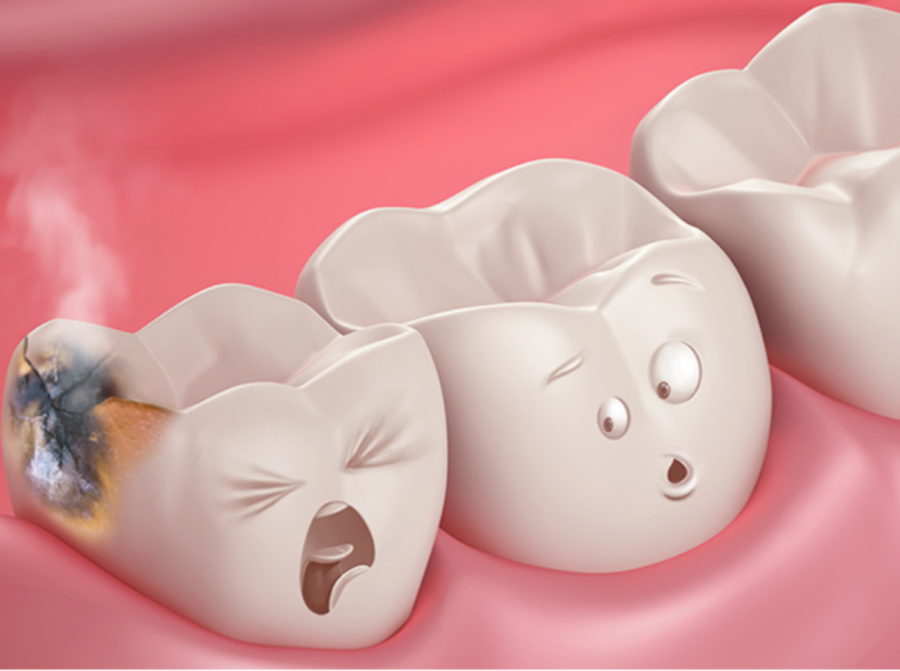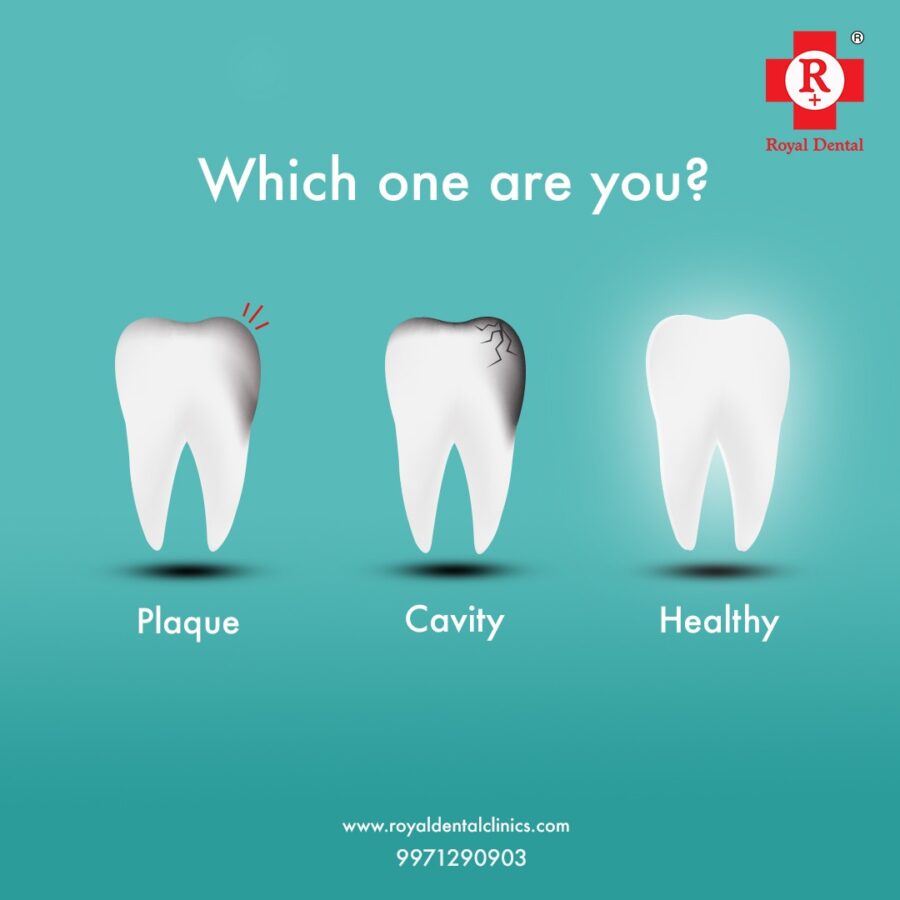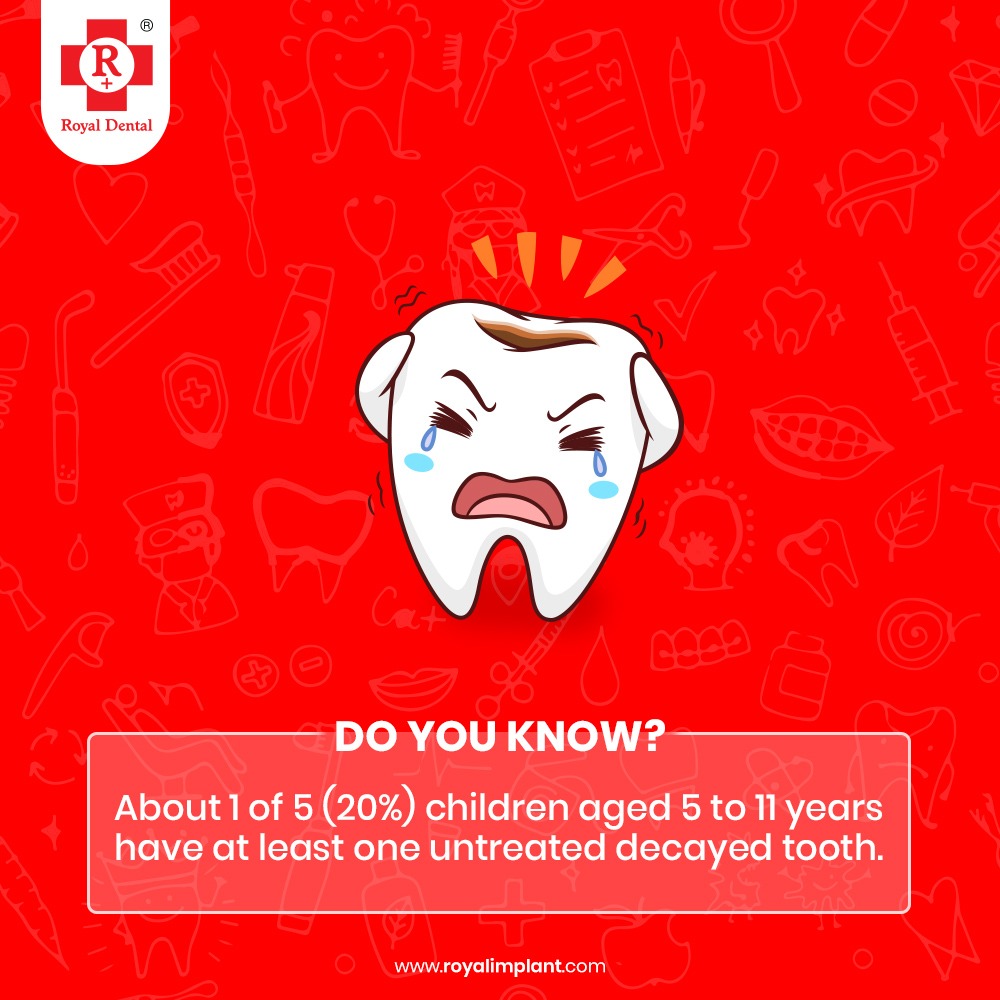The Centers for Disease Control and Prevention recently found that 1 in every 10 adults has lost all of their natural teeth. This is not a result of old age, but rather from failing to treat tooth decay when it’s still small and preventable. Even dentists are prone to failing to diagnose tooth decay, which can be tricky to find even for those who see patients for a living. How can dental professionals improve their ability to spot tooth decay before it spreads? The answer may be artificial intelligence. In this blog post, you will learn more about the prevalence of tooth cavity, how dentists diagnose it, and how artificial intelligence is helping them do so with greater accuracy.
What is tooth decay?
Tooth decay, or dental cavity, is a bacterial infection that occurs when the tooth’s surface is demineralised. This causes the tooth to weaken and the gums to swell. The bacteria can then penetrate the inner dentin and cause further damage. If untreated, dental caries can cause tooth loss. The Centers for Disease Control and Prevention estimate that 22% of Americans have untreated tooth decay. That’s one in every 10 adults.

How can dentists diagnose tooth decay?
Tooth decay is tricky to spot. It doesn’t always cause a noticeable change in tooth structure. It also isn’t always found in the same place. This makes diagnosis particularly challenging for dentists, who rely on visual detection of tooth cavity. It is often indicated by a small spot of demineralisation called a cavity. This can be found through visual inspection with a mirror and light. If a dentist suspects a cavity, they can use a fluoride solution to temporarily stain the tooth. If the area is demineralized, it will turn a different color.

Artificial intelligence helps dentists spot tooth decay
Artificial intelligence is helping dentists improve their ability to diagnose tooth cavity. Computer programs are now capable of detecting demineralization patterns that are specific to tooth decay. When coupled with machine learning, these programs can improve their accuracy as they “learn” from each data set they process. They then “see” images of teeth through a microscope and identify the ones that match the images of cavities. As these programs become more accurate, dentists will be able to better identify decay before it progresses.
Conclusion
Dentists need to improve their ability to identify tooth cavity. Artificial intelligence can help them do so by identifying demineralization patterns that indicate tooth decay. Ultimately, it’s important for patients to be proactive about their oral health. This can help them catch tooth decay before it progresses and they need to see a dentist. Patients can do this by brushing their teeth twice a day with fluoride toothpaste, flossing once a day, and visiting the dentist regularly for check-ups and cleanings.
Follow Us For More Updates





